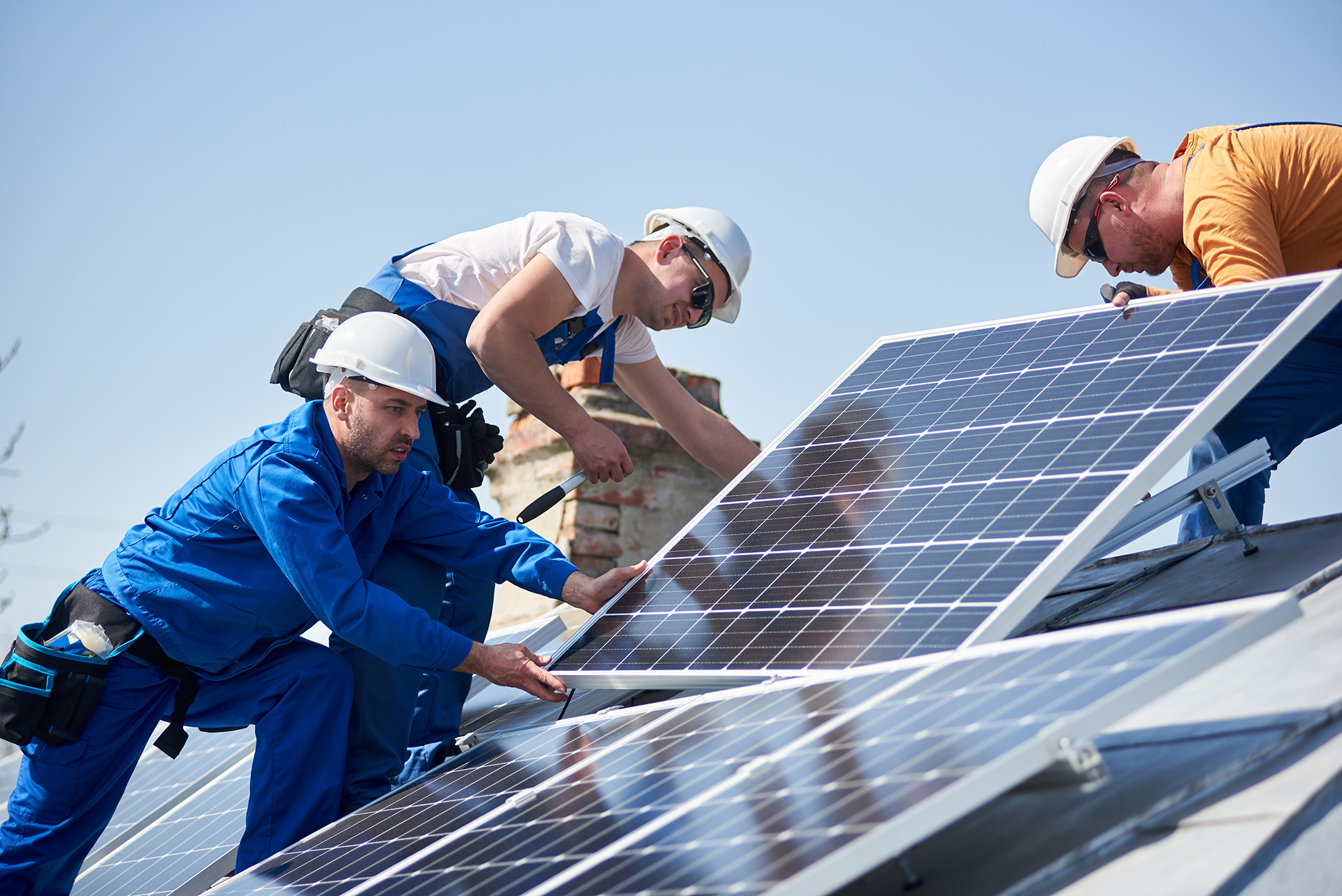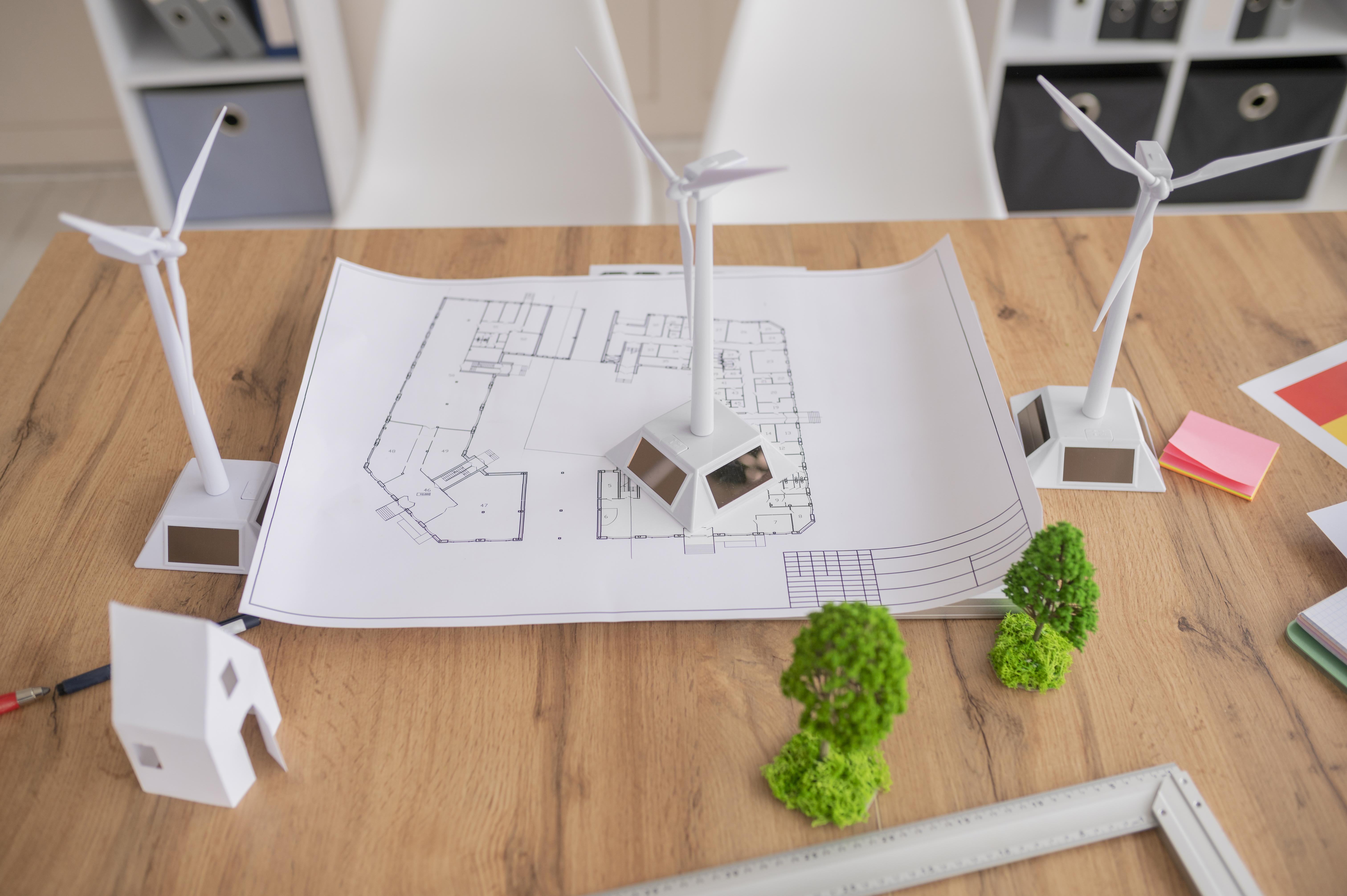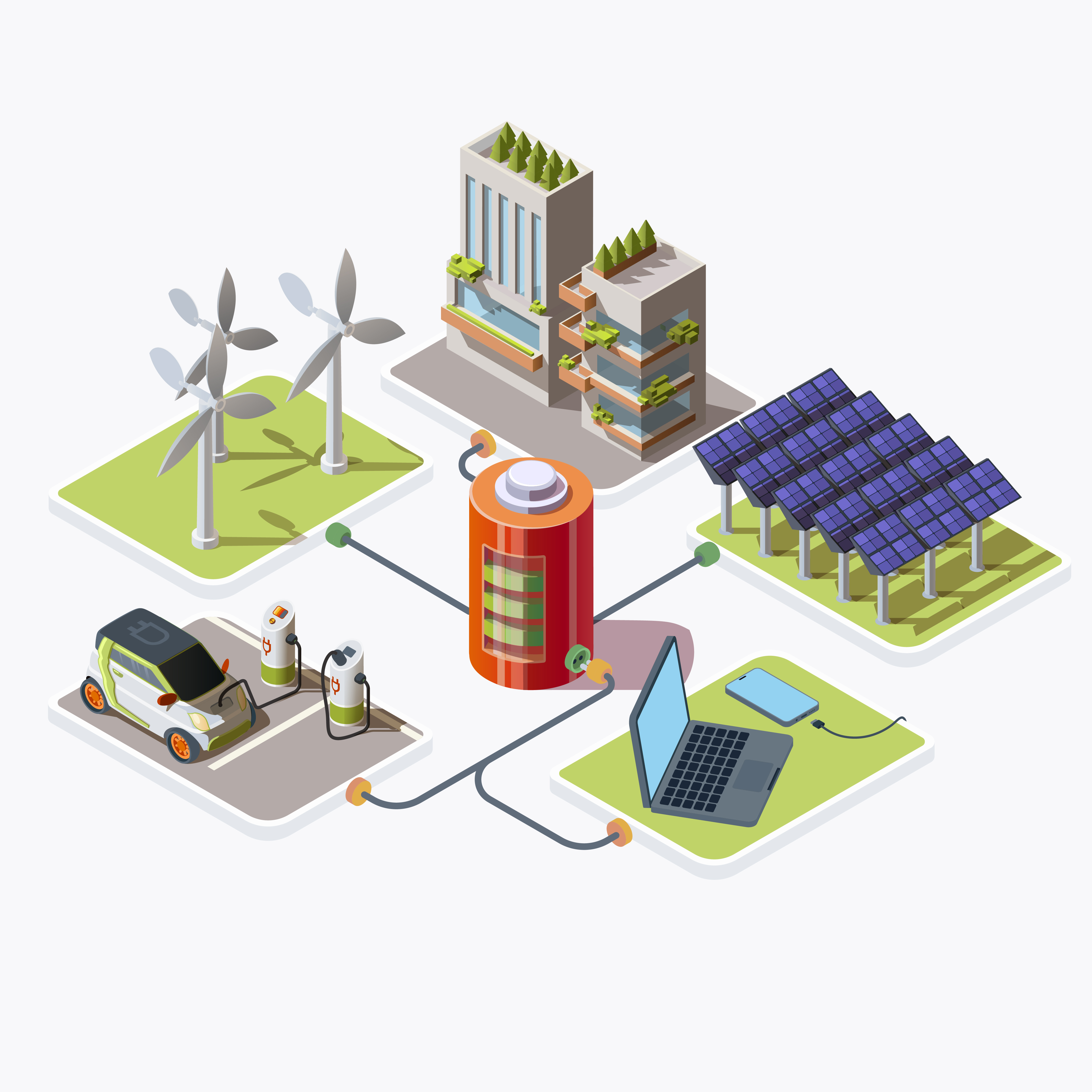Table of Contents
ToggleIntroduction
In recent years, the popularity of solar energy has soared as people seek sustainable and renewable alternatives to traditional energy sources. One avenue many consider is DIY solar panel installation, attracted by the potential for cost savings and environmental benefits. But before embarking on such a project, it’s essential to understand the intricacies involved. In this comprehensive guide, we’ll explore the feasibility, challenges, and considerations of DIY solar panel installation, helping you determine if it’s the right choice for your needs.
Assessing Your Skills and Knowledge
Installing solar panels requires a combination of technical skills, including electrical wiring, roofing, and construction knowledge. Assessing your proficiency in these areas is crucial before undertaking a DIY installation project. Understanding the basics of electricity, familiarity with hand and power tools, and the ability to follow technical instructions are essential skills for DIY solar panel installation. Additionally, knowledge of local building codes and safety regulations is paramount for ensuring compliance and safety throughout the installation process.
Before installing solar panels, it’s imperative to research and understand local regulations and permitting requirements. Building codes, zoning ordinances, and utility regulations may dictate various aspects of the installation process, such as panel placement, electrical wiring, and structural requirements.
Obtaining the necessary permits and ensuring compliance with building codes are critical steps in DIY solar panel installation. Failure to adhere to regulatory requirements can result in fines, delays, or even the removal of improperly installed panels. Consulting with local authorities and hiring professionals for code-compliant designs and inspections can help navigate this aspect effectively.
Evaluating Your Property for Solar Suitability
The feasibility of DIY solar panel installation depends largely on your property’s solar potential. Factors such as sun exposure, roof orientation, shading, and structural integrity must be carefully evaluated to determine the viability of a solar installation. Optimal sun exposure is essential for maximizing energy production from solar panels. Assessing roof condition and structural integrity ensures that the roof can support the weight of solar panels and withstand environmental stressors. Additionally, identifying and mitigating shading issues caused by nearby trees, buildings, or obstructions is crucial for optimizing solar performance.
Calculating Your Energy Needs and Solar System Size
Before sizing a solar panel system, it’s essential to assess your energy needs accurately. Analyzing historical energy usage data, considering future energy demands, and accounting for energy-saving measures are key steps in this process. Once energy needs are determined, calculating the size of the solar panel system involves estimating energy production and selecting appropriate panel capacity. Factors such as panel efficiency, sun exposure, and geographic location influence the size and configuration of the system.
Budgeting for DIY solar panel installation entails considering various costs, including equipment, materials, labor, permits, and maintenance. Developing a comprehensive budget helps ensure that all expenses are accounted for and that the project remains financially viable. Accurately estimating total costs involves researching prices for solar panels, inverters, mounting hardware, wiring, and other components. Additionally, factoring in labor costs for installation, permit fees, and ongoing maintenance expenses is essential for budgeting purposes.
Choosing the Right Solar Panels and Components
Choosing the right solar panels and components is crucial for the success of a DIY installation. Factors such as panel type, efficiency, warranty, and inverter compatibility should be carefully evaluated to ensure optimal performance and longevity.
Monocrystalline, polycrystalline, and thin-film are common types of solar panels, each with its own advantages and disadvantages. Efficiency ratings indicate the amount of sunlight converted into electricity, while warranties provide assurance of product quality and reliability. Compatibility between solar panels and inverters is essential for seamless integration and efficient energy conversion. Gathering the necessary tools and equipment is a critical step in preparing for DIY solar panel installation. Basic hand tools such as drills, screwdrivers, wrenches, and safety equipment are essential for completing the installation safely and efficiently.
Deciding whether to rent or purchase equipment depends on factors such as project size, duration, and budget constraints. Renting specialized tools and equipment may be cost-effective for one-time projects, while purchasing may be more practical for long-term use or future installations.
Designing Your Solar Panel System
Designing a solar panel system involves optimizing various parameters to maximize energy production and system efficiency. Factors such as system layout, tilt angle, orientation, and shading must be carefully considered to achieve optimal performance.
Determining the ideal layout, tilt angle, and orientation of solar panels requires evaluating factors such as roof pitch, sun exposure, and local climate conditions. Designing the system to capture the maximum amount of sunlight throughout the day ensures optimal energy production and return on investment. Safety should always be the top priority when undertaking DIY solar panel installation. Implementing proper safety precautions and risk management strategies minimizes the potential for accidents, injuries, and property damage throughout the installation process.
Working at heights poses inherent risks, necessitating the use of fall protection equipment such as harnesses, lanyards, and anchors. Adhering to electrical safety protocols, such as de-energizing circuits and using insulated tools, reduces the risk of electrical hazards. Additionally, wearing appropriate personal protective equipment, such as gloves, goggles, and hard hats, protects against injury from sharp objects, debris, and falls.
Planning the Installation Process
Planning the installation process involves developing a detailed timeline, work schedule, and installation sequence. Breaking down the project into manageable tasks and setting realistic deadlines helps ensure a smooth and organized installation process. Establishing a timeline for each phase of the installation, from site preparation to commissioning, helps track progress and meet project milestones. Developing a work schedule that allocates sufficient time for each task minimizes delays and ensures timely completion. Additionally, defining the installation sequence based on workflow efficiency and dependencies optimizes productivity and resource utilization.
Preparing the roof for solar installation is a critical step in ensuring the longevity and performance of the system. Assessing roof integrity, reinforcing structures, and clearing obstructions create a stable and secure foundation for mounting solar panels. Inspecting the roof for signs of damage, deterioration, or structural weaknesses is essential before installing solar panels. Repairing any issues, reinforcing rafters or trusses, and replacing worn or damaged roofing materials enhances the structural integrity of the roof. Additionally, clearing obstructions such as debris, overhanging branches, and vent pipes ensures unobstructed access to sunlight and optimal solar performance.
Mounting and Securing Solar Panels
Proper installation of mounting hardware is crucial for securely attaching solar panels to the roof or ground mounts. Following manufacturer instructions and best practices ensures stability, durability, and compliance with building codes. Using appropriate fasteners, brackets, and rails, and adhering to recommended spacing and layout guidelines prevents damage to the roof and ensures uniform weight distribution. Additionally, employing weatherproof seals, flashing, and caulking creates a watertight seal and protects against leaks and water damage.
Understanding the basics of electrical wiring and circuitry is essential for safely connecting solar panels, inverters, and electrical components. Adhering to electrical codes and standards ensures compliance and reduces the risk of fire hazards or electrical accidents. Wiring solar panels in series or parallel configurations affects system voltage, current, and overall performance. Grounding the system and following proper wiring techniques minimize the risk of electrical shock or damage from lightning strikes. Additionally, connecting inverters and charge controllers to the electrical panel and grid requires careful planning and adherence to safety protocols.
Testing and Commissioning Your Solar System
Testing the solar panel system is essential for verifying proper installation, functionality, and performance. Conducting comprehensive tests and inspections throughout the installation process helps identify and address any issues promptly. Inspecting electrical connections, measuring voltage and current outputs, and conducting insulation resistance tests ensure that the system operates safely and efficiently. Performing performance tests, such as IV curve tracing and irradiance measurements, validates energy production and system efficiency. Additionally, troubleshooting any discrepancies or anomalies encountered during testing prevents potential system failures and ensures optimal performance.
Implementing a monitoring and maintenance plan is essential for maximizing the lifespan and performance of a DIY solar panel installation. Regular inspection, cleaning, and system performance monitoring help identify and address issues proactively. Inspecting solar panels for damage, debris buildup, or shading ensures optimal energy production and system efficiency. Cleaning panels with water and mild detergent removes dirt, dust, and other contaminants that can reduce performance. Monitoring system performance through online portals or monitoring devices allows for real-time tracking of energy production and early detection of potential issues.
Understanding Net Metering and Utility Interconnection
Connecting a DIY solar panel system to the electrical grid requires compliance with utility interconnection standards and regulations. Understanding net metering policies, metering requirements, and grid connection procedures is essential for seamless integration and energy exchange. Obtaining approval for grid interconnection involves submitting applications, design documents, and system specifications to the utility company. Installing a bidirectional meter enables net metering, allowing excess energy generated by the solar system to be exported to the grid for credits. Additionally, complying with grid connection standards and safety protocols ensures safe and reliable operation of the solar panel system.
Taking advantage of financial incentives and rebates can significantly reduce the upfront cost of a DIY solar panel installation. Understanding available incentives, eligibility criteria, and application procedures is key to maximizing savings and return on investment. Federal tax credits, such as the Investment Tax Credit (ITC), provide a dollar-for-dollar reduction in income taxes for eligible solar installations. State rebate programs, utility incentives, and renewable energy credits (RECs) offer additional financial incentives based on energy production or environmental benefits. Researching and applying for these incentives can substantially offset the initial cost of a DIY solar panel installation.
DIY vs. Professional Installation: Making the Decision
Choosing between DIY and professional solar panel installation depends on various factors, including budget, technical expertise, time constraints, and personal preferences. Evaluating the pros and cons of each option helps determine the best approach for your specific needs and circumstances. DIY solar panel installation offers potential cost savings and a sense of accomplishment but requires time, effort, and technical skills. Professional installation, while more expensive, provides professional expertise, warranty coverage, and peace of mind. Considering factors such as project complexity, time availability, and risk tolerance helps make an informed decision that aligns with your goals and priorities.
Learning from the experiences of others can provide valuable insights and inspiration for DIY solar panel installation projects. Exploring real-life success stories highlights the challenges, triumphs, and lessons learned from DIY enthusiasts who have embarked on similar journeys. From off-grid homesteads to urban residences, homeowners around the world have embraced DIY solar panel installation as a pathway to energy independence and sustainability. Hearing firsthand accounts of their experiences, motivations, and outcomes can help inform and motivate aspiring DIYers to pursue their solar dreams.
Overcoming Common Challenges and Pitfalls
While DIY solar panel installation offers numerous benefits, it also presents challenges and potential pitfalls. Identifying common issues and implementing effective strategies for overcoming them is essential for ensuring a successful and rewarding installation experience. Dealing with issues such as roof condition, permitting delays, and equipment compatibility requires patience, perseverance, and resourcefulness. Seeking professional assistance, adapting to unforeseen circumstances, and maintaining open communication with stakeholders can help navigate challenges and mitigate risks effectively.
Embracing DIY solar panel installation contributes to environmental conservation and sustainability by reducing greenhouse gas emissions and reliance on fossil fuels. Understanding the environmental benefits of solar energy motivates individuals and communities to adopt renewable energy solutions and combat climate change. Solar energy offers a clean, renewable alternative to fossil fuels, reducing carbon emissions and air pollution associated with conventional energy sources. By harnessing the power of the sun, DIY solar installations help mitigate climate change, protect natural resources, and promote a more sustainable future for generations to come.
Economic Returns and Return on Investment
Investing in DIY solar panel installation offers financial returns and long-term savings through energy independence and reduced utility costs. Evaluating the economic viability and return on investment (ROI) of solar energy helps individuals and businesses make informed financial decisions. Calculating the payback period, energy savings, and long-term financial benefits of DIY solar panel installation involves analyzing upfront costs, ongoing savings, and potential revenue streams. Factors such as electricity rates, system performance, and financing options impact the overall economic feasibility and ROI of solar energy investments.
FAQs
What are the benefits of DIY solar panel installation?
This FAQ addresses the advantages of opting for a do-it-yourself approach to solar panel installation, such as cost savings, customization options, and the satisfaction of completing a sustainable energy project independently.
What factors should I consider before attempting DIY solar panel installation?
This FAQ discusses important considerations before embarking on a DIY solar project, including technical skills, local regulations, roof suitability, and available resources.
How can I ensure the safety of DIY solar panel installation?
Safety is paramount in any DIY project. This FAQ covers safety measures, such as using proper equipment, following manufacturer instructions, securing permits, and enlisting professional help when necessary.
What are the common challenges faced during DIY solar panel installation?
DIY projects often come with challenges. This FAQ addresses common issues like roof integrity, electrical wiring, permitting delays, equipment compatibility, and navigating utility interconnection.
What resources are available for DIY solar panel installation assistance and support?
For those undertaking a DIY solar project, access to resources and support is essential. This FAQ provides information on where to find guides, online forums, workshops, and local organizations offering assistance and advice.







